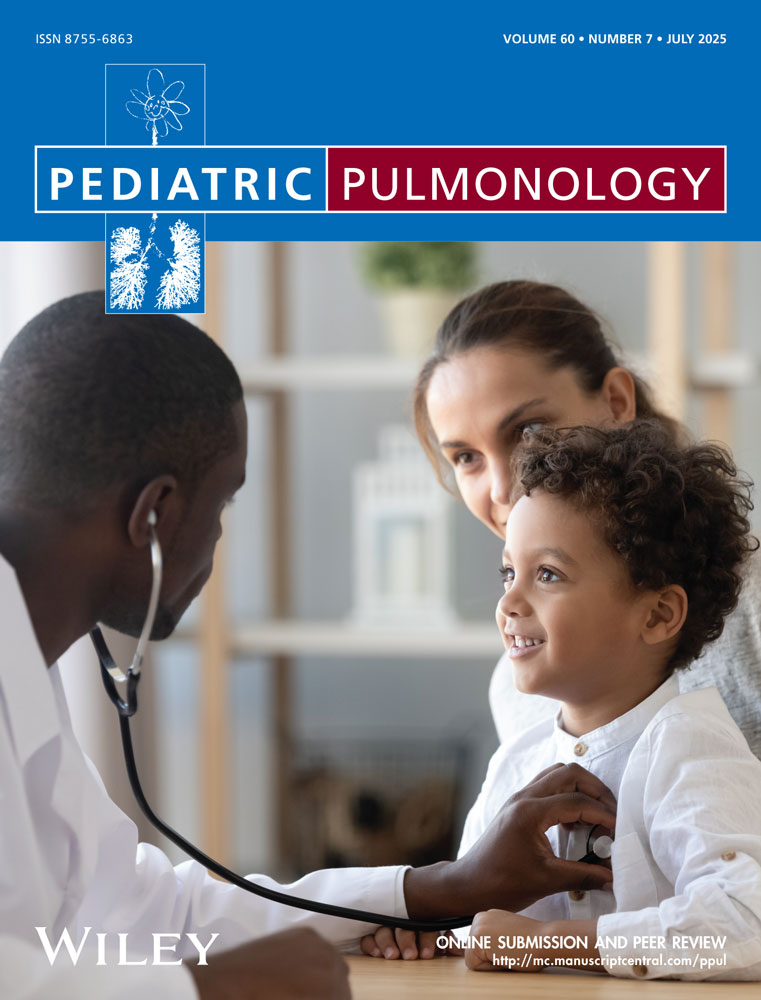Adenotonsillectomy for Obstructive Sleep Apnea in Children with Prader-Willi Syndrome
Abstract
The aim of our study was to evaluate the efficacy of adenotonsillectomy for the treatment of obstructive sleep apnea syndrome (OSA) in pediatric patients with Prader-Willi syndrome (PWS), and to describe the postoperative complications. Five patients (4 males; median age, 4.4 years; range, 1.6–14.2 years) were studied. All patients underwent an overnight cardiorespiratory sleep study. All patients had adenotonsillar hypertrophy (ATH), and two were also obese. The preoperative obstructive apnea/hypopnea index (AHI; median and range) was 12.2 (9.0–19.9) events/hr; the mean oxygen saturation was 95 (79–96)%; the nadir oxygen saturation was 71 (58–78)%; and the oxygen desaturation index (ODI) was 15.8 (11.4–35.9) events/hr. Preoperatively, patients were classified as having moderate to severe OSA. A second sleep study, performed 16 (3–43) months after adenotonsillectomy, showed a significant decrease in AHI (P = 0.009) and ODI (P = 0.009). Mean and nadir oxygen saturation did not differ significantly postsurgery (P = 0.188, P = 0.073, respectively). Four out of five children showed at least one postoperative complication. Difficult awakening from anesthesia, hemorrhages, and respiratory complications requiring reintubation and/or supplemental oxygen administration were observed. In conclusion, patients with PWS and OSA who underwent adenotonsillectomy showed a significant decrease in AHI and number of oxygen desaturations. Pediatr Pulmonol. © 2005 Wiley-Liss, Inc.




